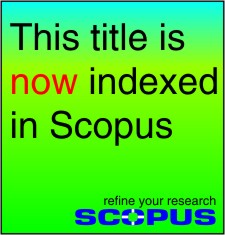Attainment of Critical Thinking Aims through the English Curriculum: A Study from Jeddah,
Saudi Arabia
Ahmed Khawaji
Scholars in education universally recognize the pivotal role of critical thinking in individuals' lives, particularly in their academic endeavors. This study investigated the efficacy of integrating creativity and innovation into the educational curriculum, specifically focusing on English textbooks for Foreign Learners (EFL), to foster critical thinking among youth in Jeddah, Saudi Arabia. The intervention involved the use of English textbooks enriched with creative thinking activities such as brainstorming, problemsolving, and role-playing to determine how this integration affects students' critical thinking and what helps or prevents it. A single-group pretestposttest design was employed, with a sample size of 56 EFL college students. These students engaged with the enriched textbooks over a specified treatment period of one academic semester. A standardized critical thinking skills assessment, the Critical Thinking Self-Assessment Scale (CTSAS), developed by Nair (2011), was administered before (pre-test) and after (post-test) the intervention to both groups. Statistical analysis compared the changes in critical thinking skills, revealing a significant improvement among students in the creative thinking activities group compared to the control. Moreover, the qualitative data collected through teacher interviews not only shed light on student engagement and learning experiences but also underscored the effectiveness of integrating creative thinking activities within the English curriculum. These findings, which demonstrate the tangible benefits of such integration in enhancing critical thinking skills amid EFL students in Saudi Arabia are of immense value to educators and curriculum developers. They provide a solid foundation for designing and implementing curriculum interventions aimed at fostering critical thinking skills within English language learning contexts, empowering these professionals with actionable insights.
Keywords:English curriculum, Critical thinking, Creativity and innovation, Educational curriculum, English textbooks



